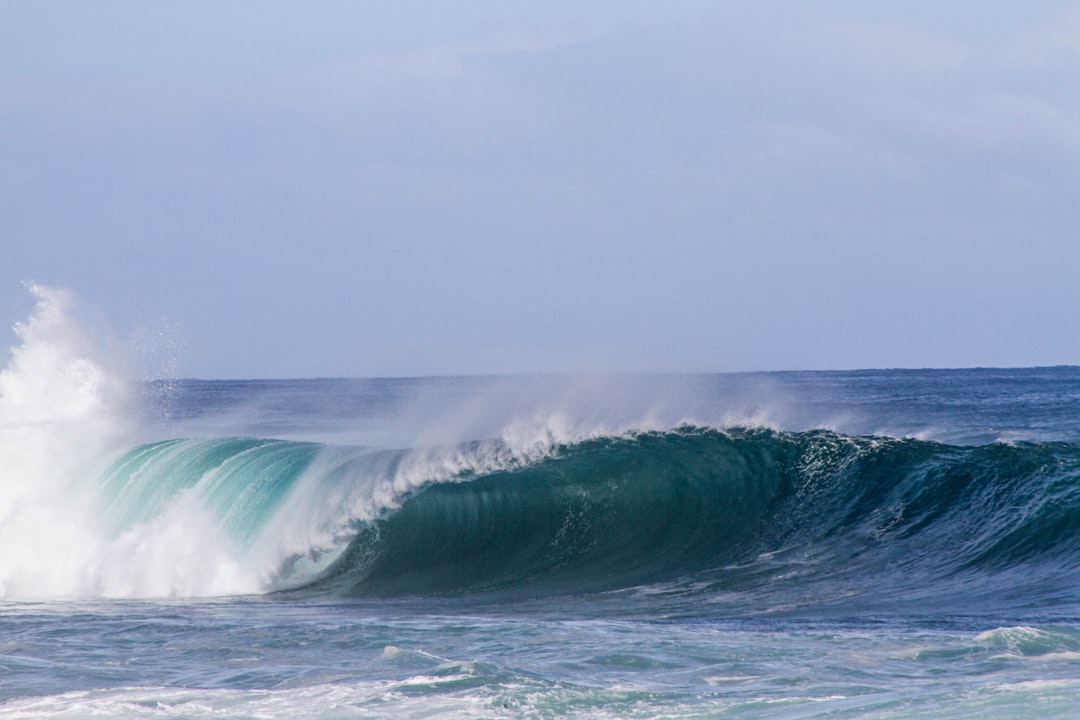What is it about?
This paper examines what different types of wave-function-based ansatze can be used in quantum chemistry calculations formulated on quantum computers using a simple factorized form for the state preparation. In particular, it discusses both how one can create conventional configuration interaction wavefunctions and also how one can compress the Trotter formula for unitary coupled cluster by using a "variational compression" approach.
Featured Image
Why is it important?
This work shows that the factorized form for preparing a wavefunction is both efficient and can be quite flexible in the different types of wavefunctions it can express. But, the efficiency goes down as one tries to prepare certain classes of wavefunctions.
Perspectives
This work is more of an academic exercise rather than something pushing the frontiers of making quantum computing efficient. This is because the flexibility comes as a cost of losing efficiency. Nevertheless, this is important to know as one considers how to design the best ansatze for these chemistry problems.
James Freericks
Georgetown University
Read the Original
This page is a summary of: Flexibility of the factorized form of the unitary coupled cluster Ansatz, The Journal of Chemical Physics, January 2022, American Institute of Physics,
DOI: 10.1063/5.0074311.
You can read the full text:
Contributors
The following have contributed to this page










